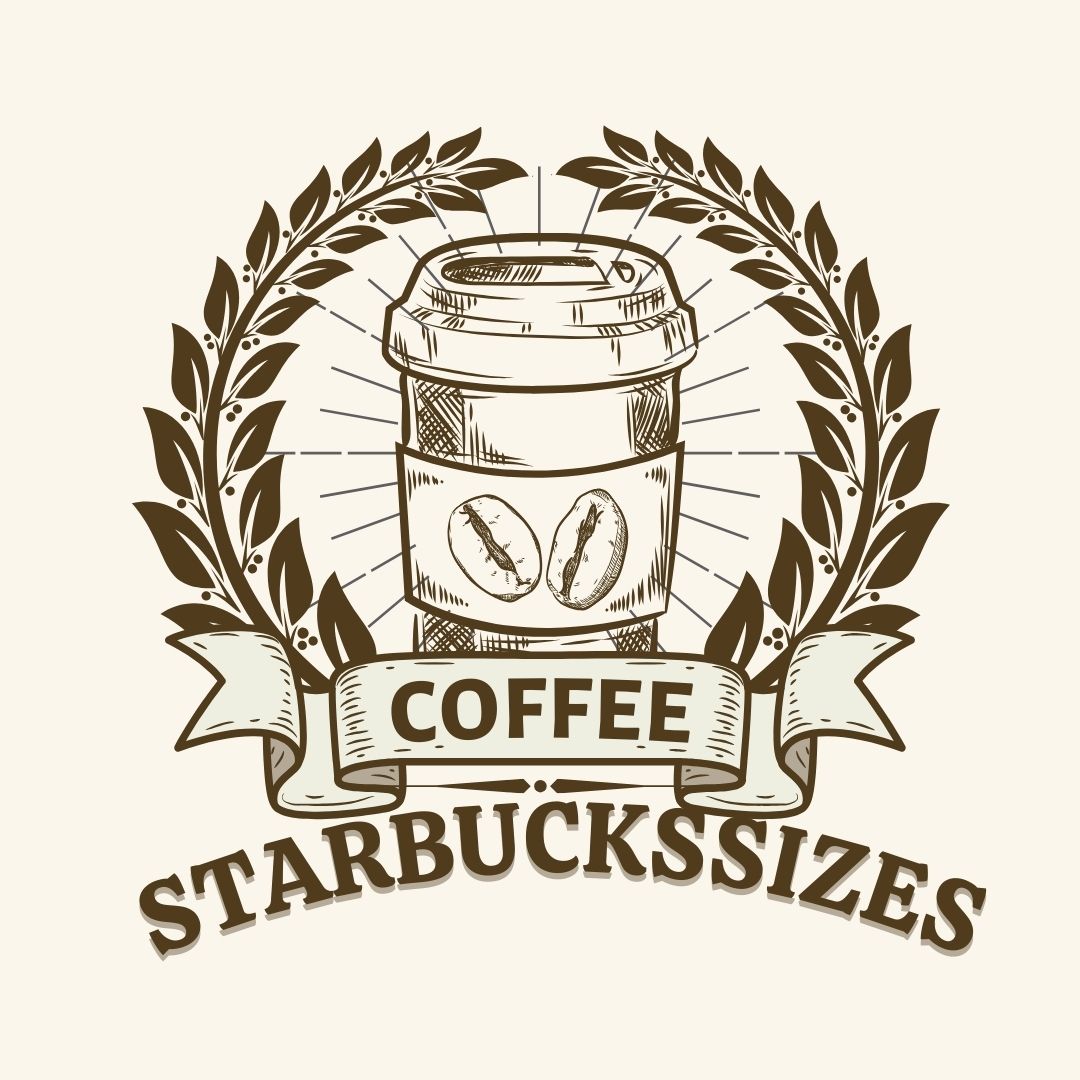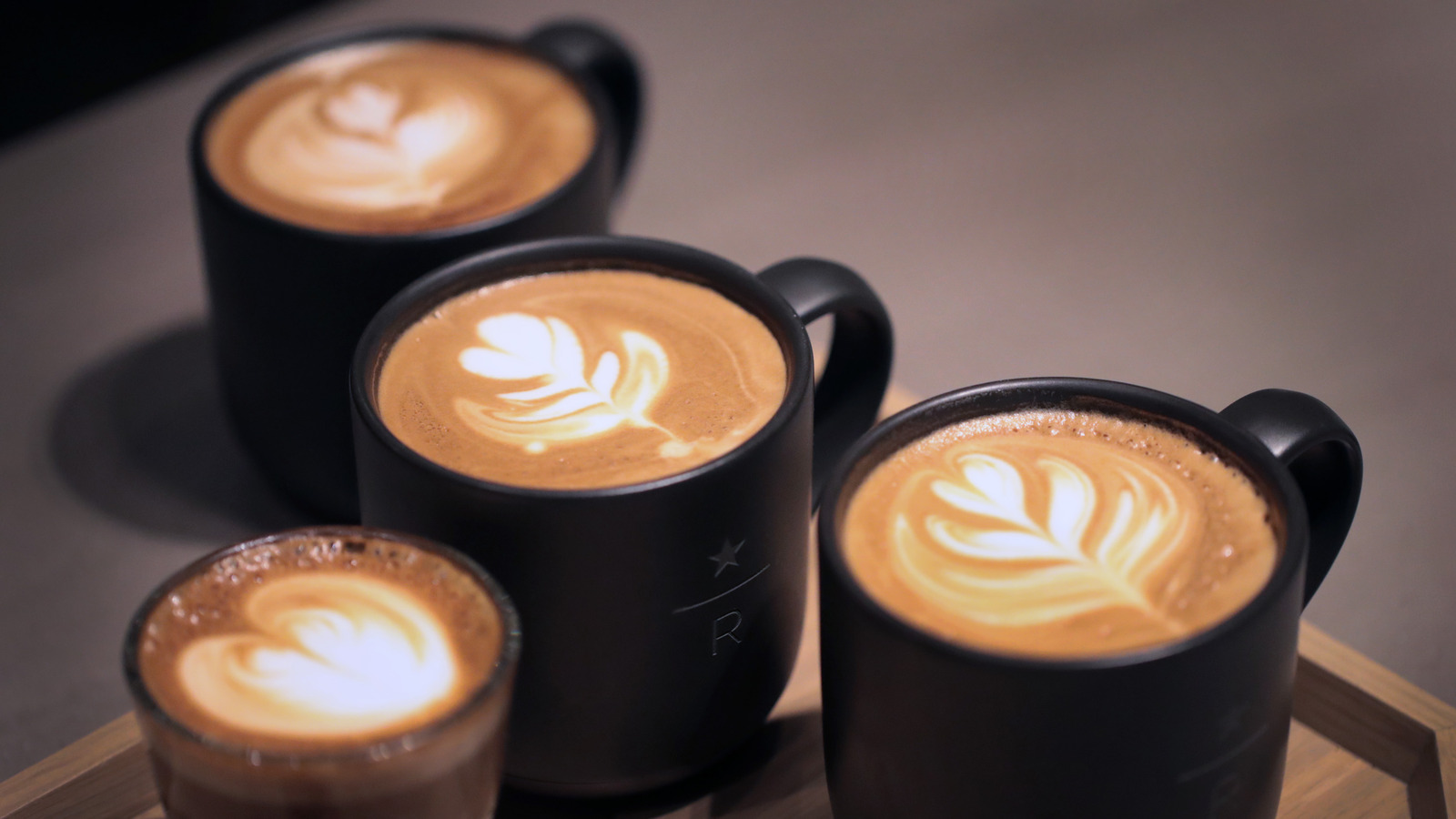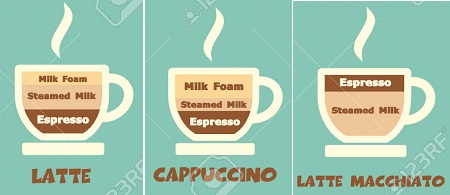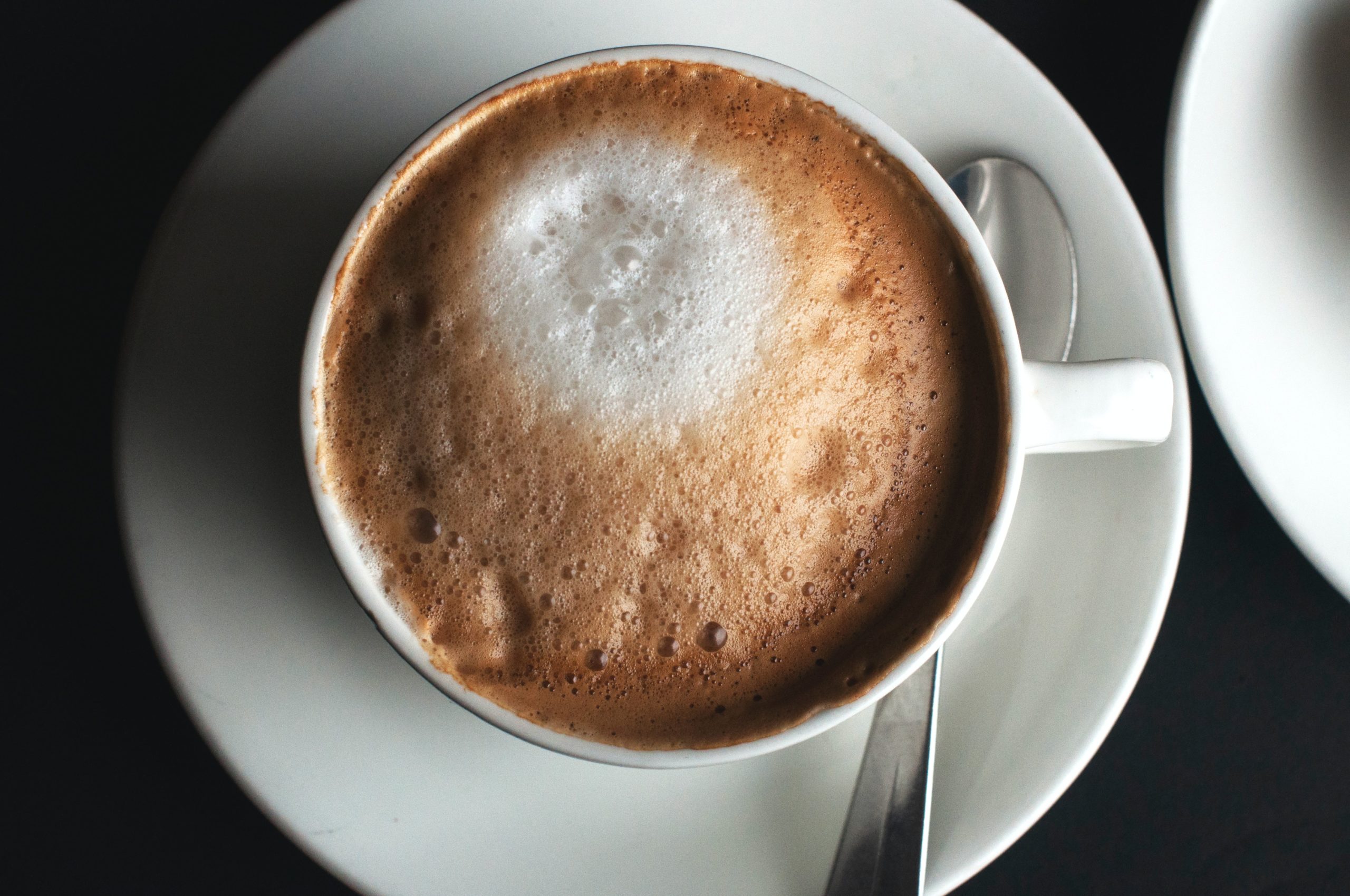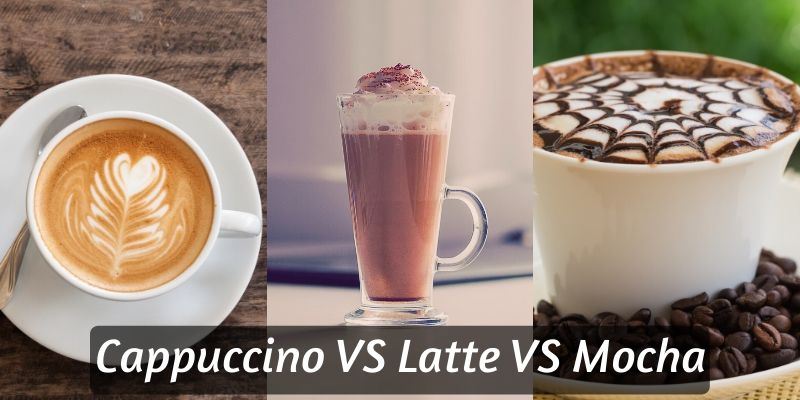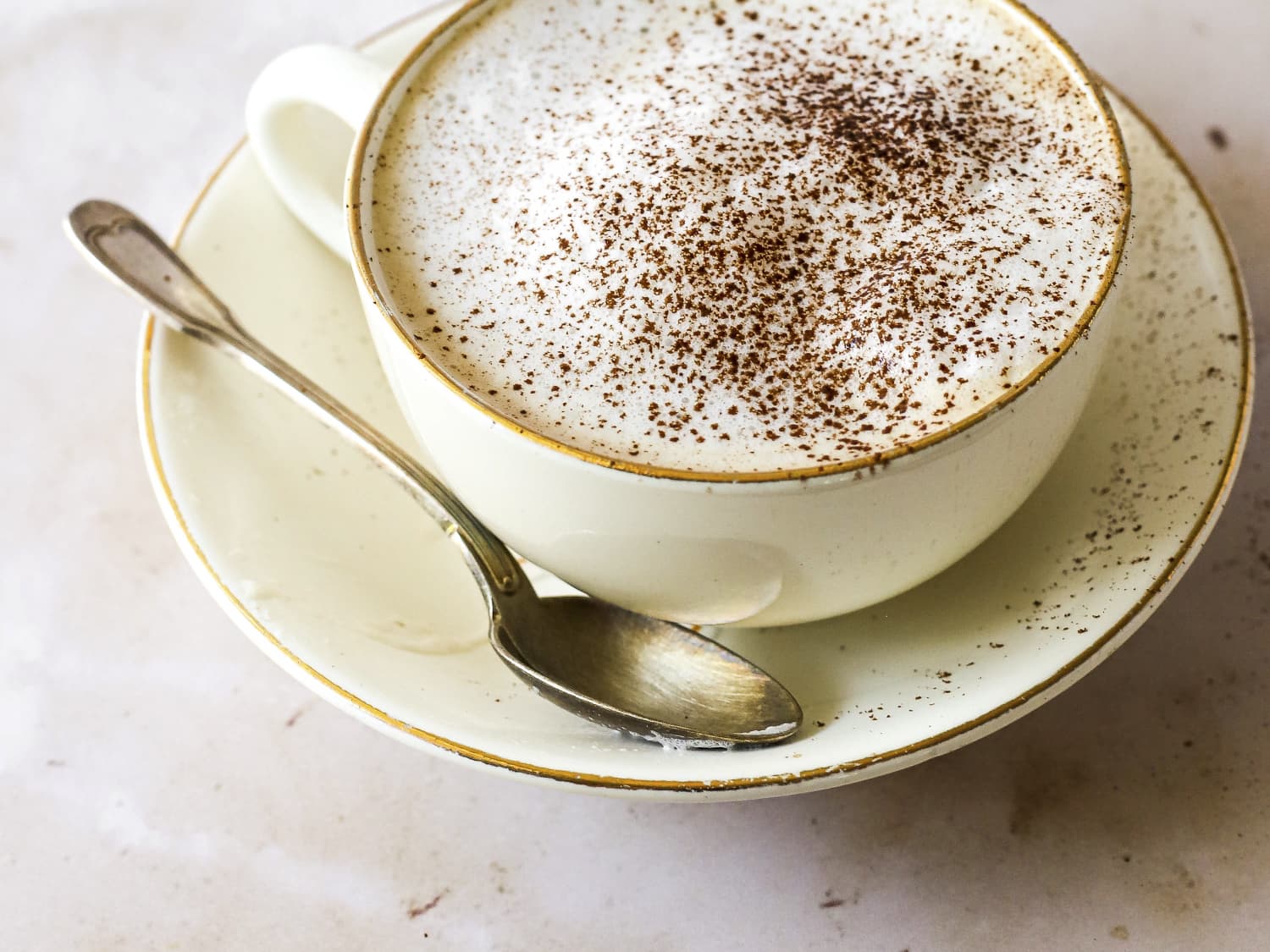For coffee connoisseurs, few caffeine fixes satisfy like a perfectly crafted Starbucks latte. The blend of rich espresso with steamed, frothy milk is a ritual that many can’t start their day without. When visiting your local Starbucks and craving an exceptional latte experience, you’re faced with choosing between the signature Starbucks latte or the exclusive Starbucks Reserve latte.
While both provide that ideal balance of bold coffee flavor and sweet creaminess, the two lattes diverge when it comes to ingredients, taste profiles, and preparation techniques. This in-depth comparison of the Starbucks Reserve latte versus the regular Starbucks latte covers everything you need to know in order to decide which sip-worthy latte option best suits your personal preferences and palate.
Understanding the differences between the regular Starbucks latte and the Starbucks reserve latte can help you choose which option better suits your preferences. This guide will compare the two lattes across several categories including:
- Ingredients
- Taste profile
- Calories and nutritional value
- Caffeine content
- Availability and accessibility
- Roast styles
After detailing how the Starbucks reserve latte and regular Starbucks latte stack up, you’ll have the information you need to select your ideal creamy latte experience from Starbucks.
Starbucks Reserve Latte vs Regular Starbucks Latte Comparison
Here is an in-depth look at how Starbucks reserve lattes and regular Starbucks lattes compare across key categories:
Ingredients
The primary ingredients in both Starbucks lattes are espresso and steamed milk. However, the specific espresso and milk used in each drink differs slightly.
Starbucks Reserve Latte
The Starbucks reserve latte uses reserve espresso as the base. Reserve espressos are created using a rotating list of select coffee beans sourced from small farms around the world. The beans are roasted especially for reserve espresso to create unique flavor profiles.
The steamed milk paired with the reserved espresso is typically whole milk. Whole milk creates a creamy, velvety texture and allows you to fully taste the complex notes within the reserved espresso.
Regular Starbucks Latte
The regular Starbucks latte uses the brand’s signature espresso roast instead of a specialty reserve espresso. This espresso features Starbucks’ familiar darker roast profile.

For the steamed milk component in a regular Starbucks latte, nonfat or 2% reduced-fat milk is commonly used rather than whole milk. The lower fat content allows the coffee flavor to come through more distinctly than in the creamier reserve version.
Taste Profile
The different roast styles and milk used in each latte mean the Starbucks reserve latte and regular Starbucks latte offer contrasting taste experiences.
Starbucks Reserve Latte Taste
The reserve espresso beans bring sweet, fruit-forward flavor notes to the Starbucks reserve latte. The velvety, creamy whole milk complements these flavors.
Together this creates a latte with a more mellow coffee taste and exceptional smoothness. The high-quality beans offer a subtle yet complex coffee flavor.
Regular Starbucks Latte Taste
The darker espresso in a regular Starbucks latte gives strong, classic coffee notes of roasted nuts and caramel. The nonfat or 2% milk allows this bolder coffee flavor to take center stage rather than getting muted by creaminess.
The result is a latte with a more straightforward coffee taste compared to the intricate reserve latte. The lighter milk also provides a thinner texture.
Calories and Nutrition
Coffee drinkers watching their calorie or fat intake will want to note the differences in nutritional values between the Starbucks Reserve vs regular latte.
Starbucks Reserve Latte Nutrition Facts
The whole milk used in a Starbucks reserve latte adds considerable fat and calories compared to a regular latte:
- Calories: 250 calories in a 16 oz
- Fat: 16g total fat in 16 oz
- Carbs: 26g carbs in 16 oz
- Protein: 11g protein in 16 oz
Regular Starbucks Latte Nutrition Facts
With nonfat or 2% milk, a regular Starbucks latte contains:
- Calories: 150 calories in a 16 oz
- Fat: 4.5g total fat in 16 oz
- Carbs: 17g carbs in 16 oz
- Protein: 13g protein in 16 oz
The whole milk in the reserve latte nearly doubles the fat and calories compared to the same-size regular latte made with low-fat milk. For monitoring nutritional intake, the regular Starbucks latte is the healthier choice.
Caffeine Content
Caffeine levels can also differ slightly between the two lattes based on the reserve vs signature espresso used.
Starbucks Reserve Latte Caffeine
A 16 oz Starbucks reserve latte made with a single reserve espresso shot contains approximately 125mg of caffeine. This is less than a regular latte since the blonde roast used for reserve espressos contains lower natural caffeine levels compared to a dark roast.
Regular Starbucks Latte Caffeine
With a standard double shot of espresso, a 16 oz regular Starbucks latte has about 190mg of caffeine. The bolder, darker espresso roast contains more caffeine which translates to higher caffeine levels in the final drink.
For an extra caffeine boost to start your day, the regular Starbucks latte packs more of a punch. But those sensitive to caffeine may appreciate the mellower reserve latte.
Availability and Accessibility
Beyond taste preferences, availability can also help determine which latte makes the most sense for your regular coffee order.
Starbucks Reserve Latte Availability
The Starbucks Reserve latte is served exclusively at Starbucks Reserve locations. These specialty cafes highlight rare, small-lot Starbucks reserve beans and are more limited than standard Starbucks stores.
Currently, there are around 25 Reserve bar locations in major cities across the US and a handful internationally. You may only have access to the Starbucks reserve latte if you live near one of these cafes.
Regular Starbucks Latte Availability
The regular Starbucks latte is a permanent menu item available at all standard Starbucks locations. With over 15,000 stores across the US, it’s easy to find and order a regular Starbucks latte closest to where you are.
For convenience, the regular Starbucks latte is the clear winner when it comes to accessibility for your daily coffee routine.
Roast Styles
As briefly mentioned, the reserve espresso and signature espresso used in each latte differ in roast profiles. Understanding the roast distinction can further explain the taste differences.
Starbucks Reserve Latte Roast
Starbucks reserve lattes feature blonde espresso roasts. Blonde roasts are lightly roasted at lower temperatures to preserve the innate flavors of the coffee beans. Typical tasting notes in Starbucks blonde reserve espressos include citrus, stone fruit, caramel, and nuts.
Regular Starbucks Latte Roast
Regular espresso at Starbucks uses a dark roast profile. These beans are roasted longer at higher heat. The darker roast brings out more bitterness, amplifies the coffee flavor, and masks underlying notes.
Starbucks describes its signature dark roast espresso as full-bodied with notes of caramelly sweetness.
The light, nuanced blonde roast creates a mellower coffee taste in the Starbucks reserve latte. The intense dark roast used in regular lattes offers a quintessential bold, coffee-forward flavor.
Starbucks Reserve Latte vs Regular Latte: Which Should You Choose?
Now that you understand how Starbucks’ reserve lattes and regular lattes compare across multiple categories, how do you decide which option to order on your next coffee run?
Here are a few key considerations as you choose between the Starbucks reserve latte and the regular Starbucks latte:
Taste Preferences
Do you enjoy light, fruity coffee flavors or do you crave a robust, bitter coffee taste? The reserve latte highlights subtle flavors while the regular latte packs a punch of classic dark roast coffee.
Dietary Needs
If limiting fat, calories, or sugar the regular latte made with nonfat or 2% milk is the better choice. The reserve latte is significantly higher in fat and calories.
Caffeine Needs
Those who love an intense caffeine rush or drink coffee for energy may prefer the higher caffeine levels delivered in a regular Starbucks latte.
Accessibility
With far fewer locations, the Starbucks reserve latte is only an option for some. The regular latte can be ordered at any Starbucks so is more convenient.
While personal preferences for taste, diet, and lifestyle factor into the decision, you can’t go wrong with either Starbucks latte. Both provide a classic coffeehouse latte experience with espresso and steamed milk. The reserve latte offers a luxurious, artisan-style drink while the regular latte nails basic latte flavor.
Try each option yourself and see which one turns into your new favorite Starbucks latte order!
FAQs About Starbucks Reserve vs Regular Latte
Some common questions about differences between the Starbucks reserve latte and regular Starbucks latte include:
Does the Starbucks reserve latte taste stronger than the regular latte?
Despite having bolder beans, the Starbucks reserve latte tastes mellower and less bitter than the regular latte. The whole milk balances out the espresso’s intensity.
Is the Starbucks reserve latte more expensive than the regular latte?
Yes, expect to pay around $1 more for a Starbucks reserve latte compared to a regular latte of the same size. The rare coffee beans and artisan preparation come at a premium.
Can you customize a Starbucks reserve latte?
The reserve lattes have standard recipes, but you can still customize them with your choice of milk, espresso shots, and flavored syrups.
Does the Starbucks reserve latte contain more caffeine?
No, the regular Starbucks latte contains more caffeine – about 190mg in a 16oz versus 125mg in a 16oz reserve latte.
Does Starbucks reserve lattes seasonally or offered year-round?
The availability of particular Starbucks reserve lattes fluctuates based on coffee harvests, but the reserve menu always offers latte options made with rare beans.
Does the Starbucks reserve latte come hot or iced?
Like regular lattes, you can order the Starbucks reserve latte either hot or iced. Iced reserve lattes let you taste the different flavor notes as the drink cools.
Can you order the reserve lattes with non-dairy milk?
Yes, Starbucks reserve lattes can be customized with non-dairy milks such as soy, coconut, or almond milk.
Is there a Starbucks reserve latte flavored with pumpkin spice?
Starbucks occasionally offers seasonal reserve lattes, like pumpkin spice, but the special reserve espresso blends are typically the star flavor.
Does the Starbucks reserve latte offer lighter or darker roasts?
Reserve lattes use lighter blonde espresso roasts while regular lattes are made with Starbucks’ dark signature espresso roast.
Conclusion
With so many choices on the Starbucks menu, settling on your perfect latte order may take some trial and error. Understanding the nuanced differences between the Starbucks reserve latte and the regular latte can help streamline your decision process.
A reserve latte delivers a handcrafted, gourmet taste experience with creamy whole milk and light blonde espresso. A regular latte offers classic latte flavor with bolder dark roast espresso and just a splash of nonfat milk.
From the ingredients to the taste profile to the caffeine content and availability, comparing these key details provides the information needed to select the ideal latte for your preferences. Hopefully, this guide makes your next Starbucks latte choice easy, whether you opt for the specialty reserve or the signature classic.
